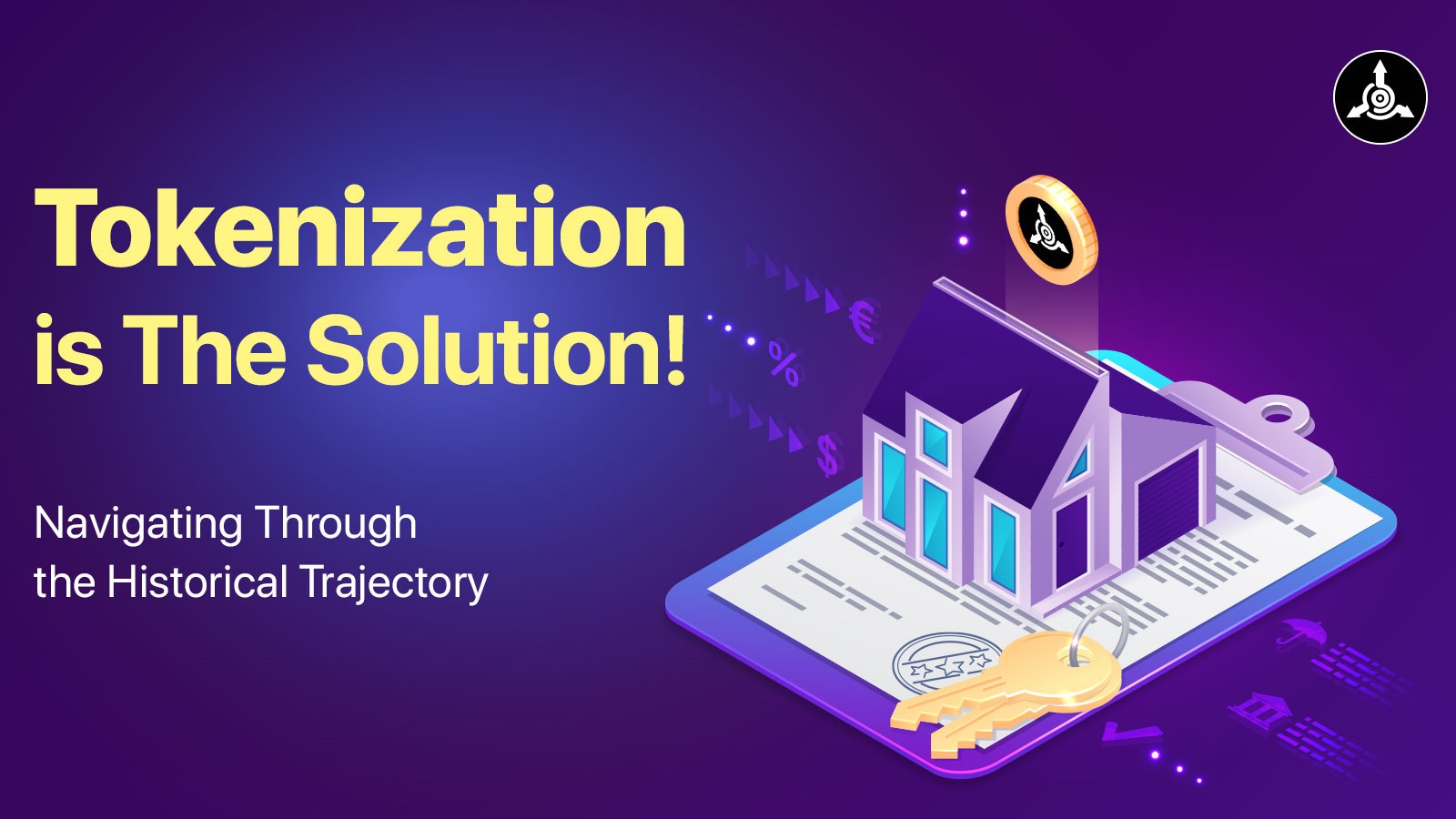Historically, real estate has been perceived as a stable, tangible asset class with a trajectory of appreciation in value. Across the EU, house prices increased by 46% between 2010 and the 2nd quarter of 2023, according to Eurostat, although house prices did fall by 1.7% in the Euro area in late 2022 and early 2023. But, as we said above, the overall trajectory is typically upwards. In the UK, for example, the average house price in England in December 1999 was just £75,071. By May 2016 the average price had tripled to £226,370.

This makes it ever harder for people to get on to the house ownership ladder. And the problem is compounded by the relative lack of availability of homes to rent. With so many people unable to afford to buy a property, the demand for rental properties has soared. As usual, market economics apply, and high demand combined with static supply means that prices have climbed. Across the EU rents increased by 3% in the 2nd quarter of 2023 alone, according to the European Commission.
Putting European Union house prices and rents together, there is a frightening statistic: in the 10 years to 2022, house prices increased by 47% and rents by 19%
So, how do young professionals today get started in property ownership and benefit from the upward trend in property values?
Tokenization is the name given to the process of issuing digital shares in one or more properties for people to purchase. While this does not get around the need to still rent a property, it does mean that small stakes in property can be acquired, perhaps on a recurring basis from disposable income at the end of a month or quarter: perhaps quite affordable to do so, with tokens costing from around €50 each (the figure can vary by project). And if you are purchasing several times in a year, then you can buy tokens in different properties, perhaps even different types of property – houses, apartments, commercial buildings, etc.
And you can also further diversify your portfolio by buying tokens in projects in different countries. Kirsan currently has projects in eight different countries, for example.
In some ways it is similar to crowdfunding, but instead of backing somebody’s proposal for a new business (for example) which may or may not get off the ground, you are acquiring a share in “bricks and mortar”.
Token holders also benefit from rental incomes which are distributed on a pro rata basis to the holders of tokens in a given rental property, as well as from the increasing value of that property.
The value of the real estate tokenization market is forecast to reach $50 billion by 2025, indicative of its immense potential and growing acceptance. So, we think the answer to the question is a clear YES!
Why is the construction industry so convinced of this? A key reason is that it helps provide another route to liquidity and financing of real estate development when it can be difficult at certain times of the property cycle to get funding. There is a cycle in the construction sector, where demand grows and encourages construction for a couple of years or so, but then supply and demand catch up and this in turn leads to a fall in construction levels. Throughout this cycle the availability of construction finance fluctuates. Given the multi million cost of development of some projects, the number of financial institutions available to handle that scale is naturally limited.
The alternative to 1 multi million funder of a major project could just be some hundreds, even thousands, of small investors providing the funding, buying their tokens and gaining the level of financial returns that have previously been reserved for the large banks. The level of financial reward, in percentage terms, dwarfs what has been available for bank deposits in recent years.
And increased competition to provide funds to developers is likely to mean a lower cost of finance, which in turn can make the housing that gets built available at a lower cost than would otherwise have been the case.